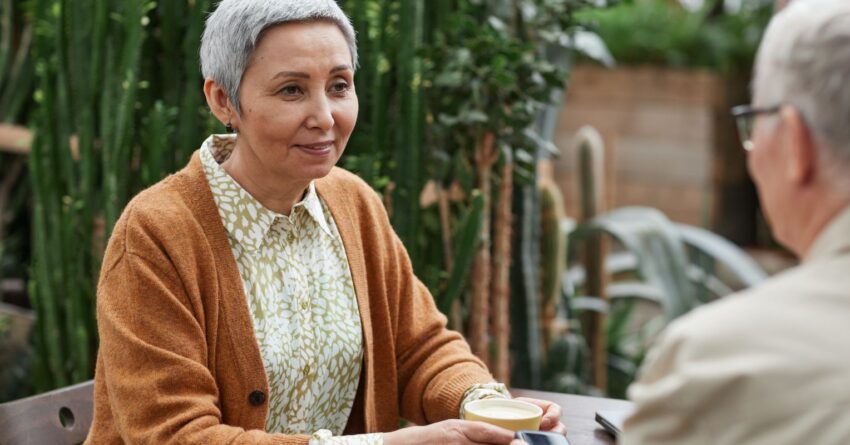
Source: Marcus Aurelius/Pexels
As a professional dedicated to providing psychotherapy to older adults for the past 20 years, I’ve found that anxiety does not discriminate based on age. It’s a human experience, echoing across lifetimes, yet manifesting uniquely in every individual.
Today, I’d like to shed light on how anxiety evolves in older adults and discuss why understanding this is vital for cultivating a society that celebrates all ages without prejudice.
The truth is, just as younger individuals face anxieties about job security, relationships, or personal accomplishments, our older community grapples with concerns that are unique to their life phase. These might be rooted in health, loss, or the monumental task of summarizing a life full of memories, achievements, and lessons. It’s essential to recognize that anxiety in older adults is real, valid, and deserves attention and empathy.
Anxiety in older adults might manifest differently than it does in younger individuals. It might present as restlessness, changes in sleeping patterns, irritability, or even physical symptoms.
In a recent interview with Dr. Julie Erickson, clinical psychologist and author of The Aging Well Workbook for Anxiety and Depression, we discussed:
1. The presentation of anxiety in older adults: Often, anxiety in this age group might not look like what many might expect. Instead of overt restlessness or worry, it might be an increased reluctance to try new things, a heightened fear of falling, or even isolating from loved ones.
2. Triggers of anxiety in aging: Life changes — retirement, loss of loved ones, health issues — these are but a few of the events that can increase feelings of anxiety in older people. Recognizing these triggers is the first step towards offering support.
3. Differentiating between typical worry and clinical anxiety: It’s essential to distinguish between a bad day and a consistent pattern of distress. This understanding can guide timely interventions, ensuring older adults receive the support they need.
4. Strategies to alleviate anxiety: There’s hope. Various interventions, ranging from therapy and mindfulness techniques to medications, can offer relief.
It’s high time we move away from ageist perspectives that minimize or invalidate the emotional experiences of older adults.
Understanding and empathizing with the anxieties faced by our older population is not just about offering them the support they need; it’s also about dismantling harmful stereotypes that limit our understanding of the human experience.
Our society often views aging through a lens that emphasizes decline and loss. But what if we shifted our perspective to see the wisdom, experiences, and resilience that come with age?
Older adults aren’t just repositories of our past – they are active, dynamic contributors to our present and shapers of our future.
Each of us has a role to play in promoting an inclusive, understanding, and empathetic society. Start by checking in on older adults around you. Lend an ear, offer a word of encouragement, or simply sit in silence.
Understanding anxiety in older adults begins by seeing them, hearing them, and valuing them.
As we embrace the stories, fears, and hopes of our older generations, we not only enrich our lives but pave the way for a future where age is not a determinant of one’s worth but a testament to a life lived, learned, and loved.
Let’s come together, break down stereotypes, and celebrate life in all its phases, recognizing that every age brings its challenges, lessons, and, above all, its unique beauty.
